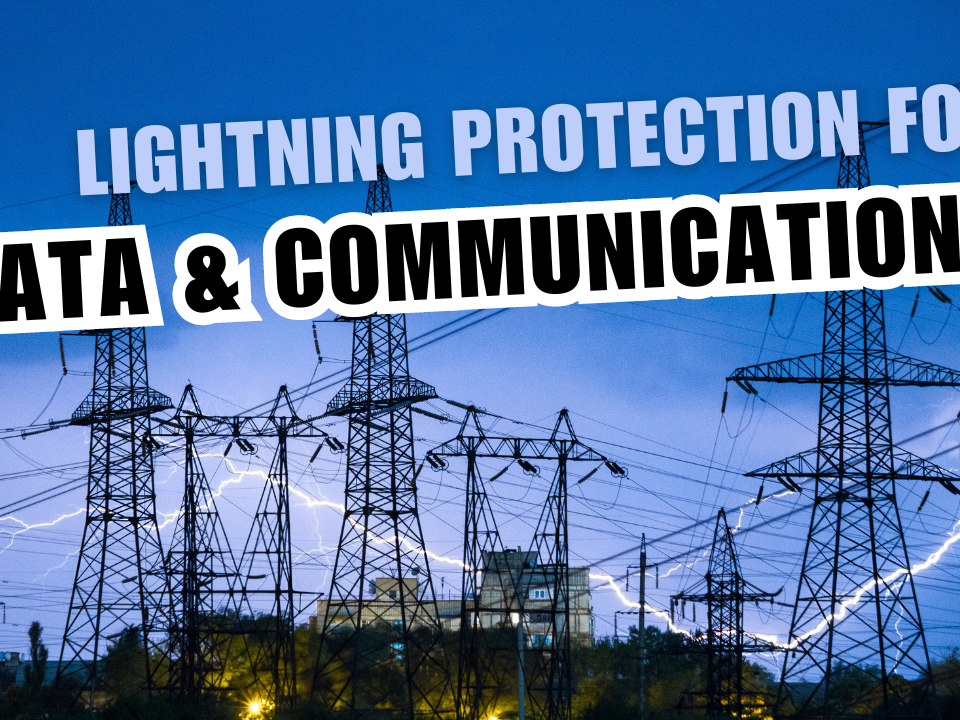- 100% AMERICAN MADE
- Lightning Protection - YOUR time, NOT Downtime
Installing The Right Fuel Tank Lightning Protection Products
December 20, 2021Functions Of A Grounding Rod
December 27, 2021Why Is Aircraft Lightning Protection Critical?
Lightning strikes are an everyday occurrence on planet Earth: on average, lightning strikes occur 100 times every second throughout the world. Even though approximately 80% of those strikes are intra-cloud or cloud-to-cloud, i.e. lightning within the same cloud or between different clouds, they can still pose a risk to airborne objects, such as aircraft. That is why aircraft lightning protection is critical.
It doesn’t matter if the aircraft is on the ground or in the air. Lightning typically strikes through one of four external places:
- Wing
- Tip
- Nose
- Rudder
How are aircraft protected?
A combination of lightning protection systems make aircraft very well, though not completely protected from lightning.
The Main protection systems include:
- Inert gas injection into fuel tanks keeps fuel vapors from igniting in the presence of a spark.
- Metal bar diverters protect the composite nose from being damaged in a lightning strike. These, however, are not completely effective, so segmented lightning diverters are added for the best protection.
- Segmented lightning diverters are strips of plastic with metal buttons that are fastened to the nose and satcom systems to provide extra protection. These attract lightning energy and force it to jump the gaps through the air, preventing heat damage.
Why don’t most people know when lightning strikes their plane while in the air?
The way an aircraft tries to dissipate step leaders is through something called a “static wick“. A static wick is a piece of metal connected electrically to the frame of the aircraft, with spikes or needles on the end.
It is housed in a fiberglass rod to insulate it from the airplane. Because the spikes concentrate the electric charge around them, and they are connected to the airframe, they allow the airplane to dissipate any static electricity it may build up out into the air.
If lightning does strike the plane, the electricity will go through the dissipater and not through the airplane using the same principle as the LEC Dissipation Array System.
Lightning poses a serious threat to aircraft, and they must be protected.
Lightning Eliminators & Consultants (LEC) provides integrated lightning protection and lightning prevention products, solutions and services.
Our solutions utilize innovative patented charge transfer technology, grounding systems and surge protection design.
LEC has successfully installed and maintained lightning protection systems (LPS) in over 60 countries and throughout the United States for over 50 years.

